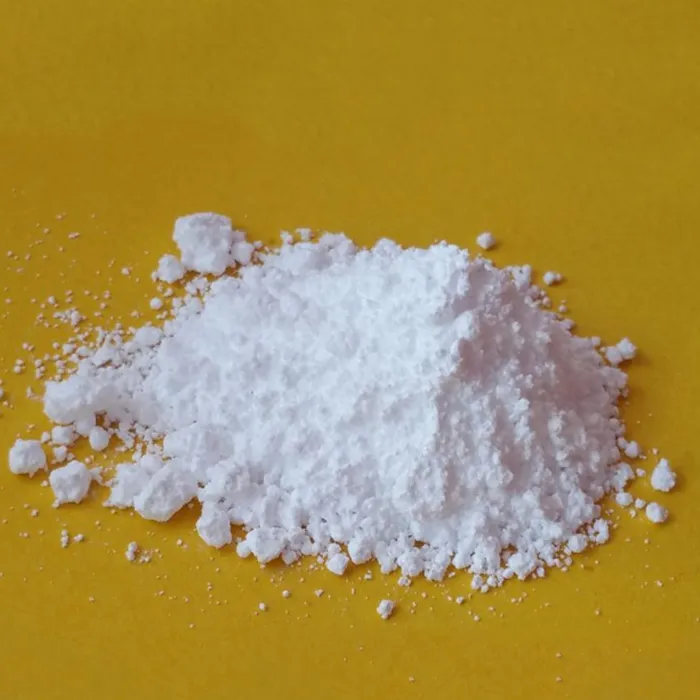The Versatile Chemical Exploring Sulphamic Acid
Sulphamic acid, chemically known as aminosulfonic acid, is a versatile compound with the formula H₃NOS. This colorless, crystalline solid is widely recognized for its various applications across industries, from pharmaceuticals to cleaning agents. With a molecular weight of 97.09 g/mol, sulphamic acid exhibits properties that make it an essential player in many processes, but its uses and benefits are often overlooked.
Chemical Properties and Structure
Sulphamic acid possesses a unique structure that combines both amino and sulfonic acid functionalities. This dual nature gives the compound its acidic properties, while also allowing it to participate in reactions typical of amines. Its sulfonic acid group makes sulphamic acid highly soluble in water, which is a property that underpins many of its applications. The pKa of sulphamic acid is approximately 1.0, indicating its strength as an acid, which is stronger than typical carboxylic acids.
Industrial Applications
One of the primary applications of sulphamic acid is in the production of cleaning agents
. Its effectiveness as a descaler makes it invaluable in the maintenance of industrial equipment, especially in sectors such as food processing, textiles, and metal cleaning. Sulphamic acid effectively removes limescale and mineral deposits, which can hinder operations and degrade equipment over time.Furthermore, it plays a significant role in the metal finishing industry. Sulphamic acid is often used in etching and cleaning metals prior to coating or plating. Its ability to provide a clean surface ensures optimal adherence of coatings, which is crucial for the durability and aesthetics of metal products.
Aside from cleaning agents, sulphamic acid serves as an intermediate in the synthesis of various pharmaceuticals. Its structural attributes make it a valuable building block for the production of drugs and agrochemicals. The compound has been utilized in the synthesis of several anti-inflammatory and analgesic medications, showcasing its importance in healthcare.
sulphamic

Environmental Considerations
While sulphamic acid presents many merits, its environmental impact should also be considered. As a synthetic chemical, concerns arise regarding its degradation and the potential toxicity to aquatic life. However, sulphamic acid is generally regarded as less harmful than traditional mineral acids, such as hydrochloric acid. Moreover, when disposed of properly, sulphamic acid can be broken down into harmless byproducts, making it a more environmentally friendly option.
Safety and Handling
When working with sulphamic acid, safety precautions are paramount. As with all chemicals, it has associated hazards, primarily due to its acidic nature. Direct contact with skin or eyes can cause irritation, and inhalation of its dust may lead to respiratory issues. Therefore, personnel should utilize appropriate personal protective equipment (PPE), including gloves and safety goggles, while ensuring adequate ventilation in the work area.
Conclusion
Sulphamic acid is a remarkable compound with diverse applications across multiple sectors, from industrial cleaning and metal finishing to pharmaceuticals. Its unique chemical properties, such as high solubility and strong acidity, make it a key ingredient in many formulations. As industries continue to seek effective and environmentally friendly solutions, sulphamic acid's role is likely to expand.
While awareness of sulphamic acid may not be as widespread as other chemicals, its versatility and functionality merit a deeper understanding. As we move forward in a world increasingly reliant on chemicals for efficiency and cleanliness, sulphamic acid stands out as an unsung hero, contributing significantly to the processes that sustain modern life. By continually exploring its potential and mitigating its environmental impacts, we can harness the full benefits of this exceptional compound.

